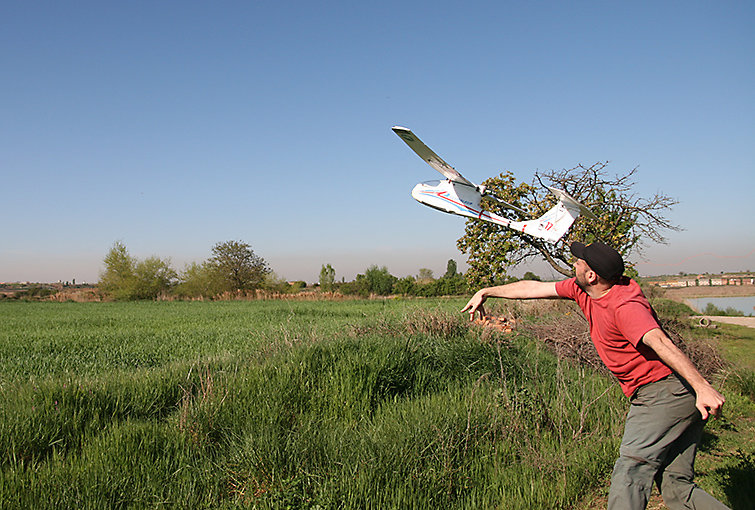Sardà?Palomera, F. , Bota, G. , Padilla, N. , Brotons, L. and Sardà, F. (2017), Unmanned aircraft systems to unravel spatial and temporal factors affecting dynamics of colony formation and nesting success in birds. J Avian Biol, 48: 1273-1280. doi:10.1111/jav.01535
https://onlinelibrary.wiley.com/doi/10.1111/jav.01535
Collecting information of ecological and behavioural processes often requires continuous field monitoring, however, reiterative human presence necessary to obtain monitoring data can disturb both the environment and the study species. An example of this phenomenon is the monitoring of the formation and dynamics of seabird colonies; one of the reasons for colony failure is disturbances caused by the presence of researchers or conservation managers during data collection. In this study, an Unmanned Aircraft System (UAS) was used throughout the breeding period to monitor the temporal and spatial dynamics of a black-headed gull colony in the interior of a difficult-to-access island. This methodology permitted weekly visits to the colony without disturbance, which allowed for the continuous collection of spatial and temporal data on the process of colony formation. We obtained detailed information about nesting success and its relation with the distance to the nearest incubating neighbour, as well as the colony boundary along breeding season. Thus, we successfully monitored the dynamics of a bird colony and identified factors affecting individual decision making in colony formation using a UAS

